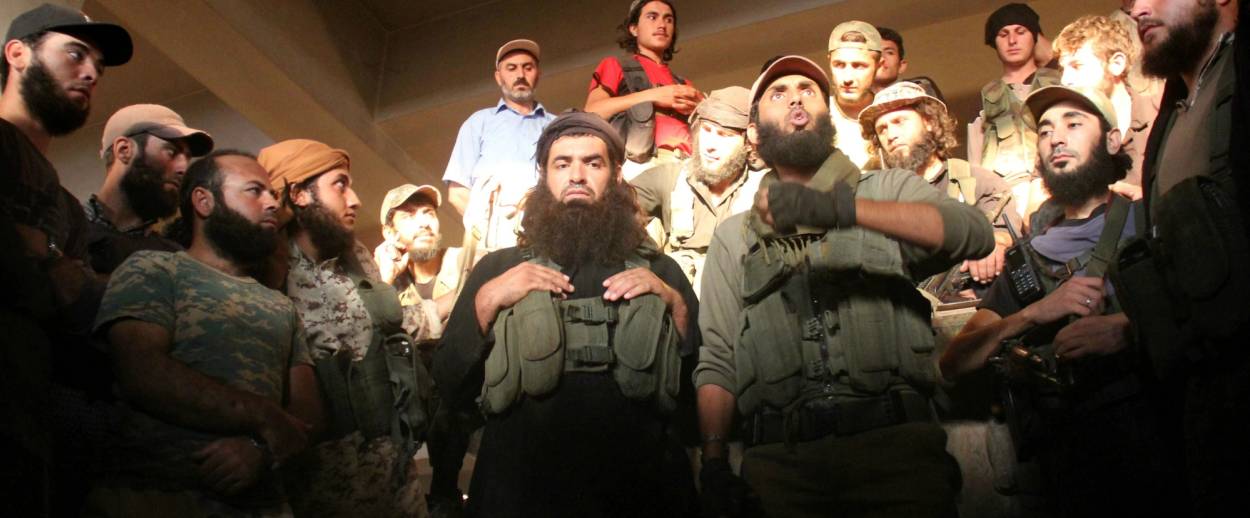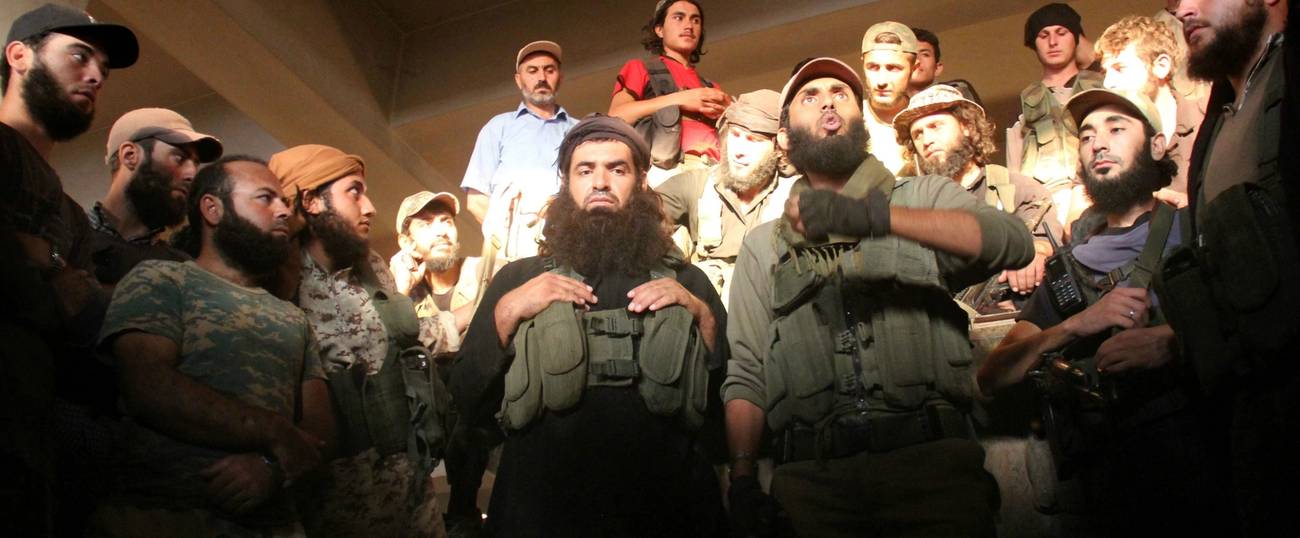New Study Finds the Number of Islamic Militants Nearly Four Times Higher Today Than in 2001
Taking stock of the forever war




There as many as 230,000 Sunni Islamic militants operating across almost 70 countries today, almost quadrupling the number that were active on Sept. 11, 2001, according to a new study by Washington, D.C., based Center for Strategic and International Studies. The study’s findings were summarized in an article in Wednesday’s New York Times:
The researchers used multiple sources, including the University of Maryland’s global terrorism database and Jane’s Terrorism and Insurgency Center, to determine a range of high and low estimates. Overall, the report said, the total number of fighters this year—100,000 to 230,000—is down about 5 percent from a peak in 2016, but still far beyond the ranks in 2001—37,000 to 66,000.
Syria, which has become a breeding ground for both Sunni and Shia militant groups in the course of its seven-year war civil war, has the most Salafist militants according to the CSIS study, with an estimated 43,650 to 70,550. Behind it is Afghanistan, where the U.S. and NATO allies have been at war for the past 17 years, with 27,000-64,060 fighters. Next on the list are Afghanistan Pakistan, Iraq, Nigeria, and Somalia.
By October 2019, the U.S. will have spent $5.9 trillion in the activities related to the war on terror, according to the Costs of War study conducted by Brown University’s Watson Institute for International and Public Affairs.
Jacob Siegel is Senior Editor of News and The Scroll, Tablet’s daily afternoon news digest, which you can subscribe to here.